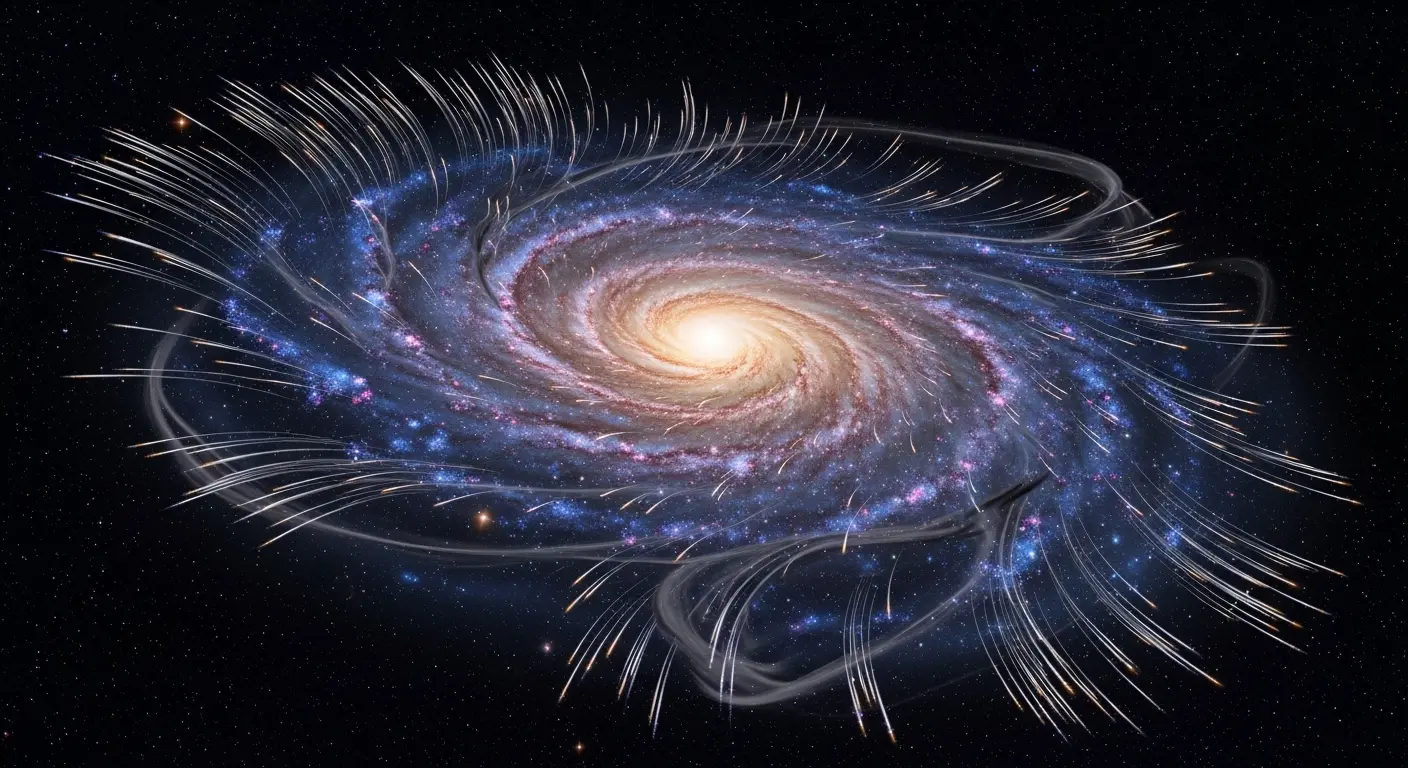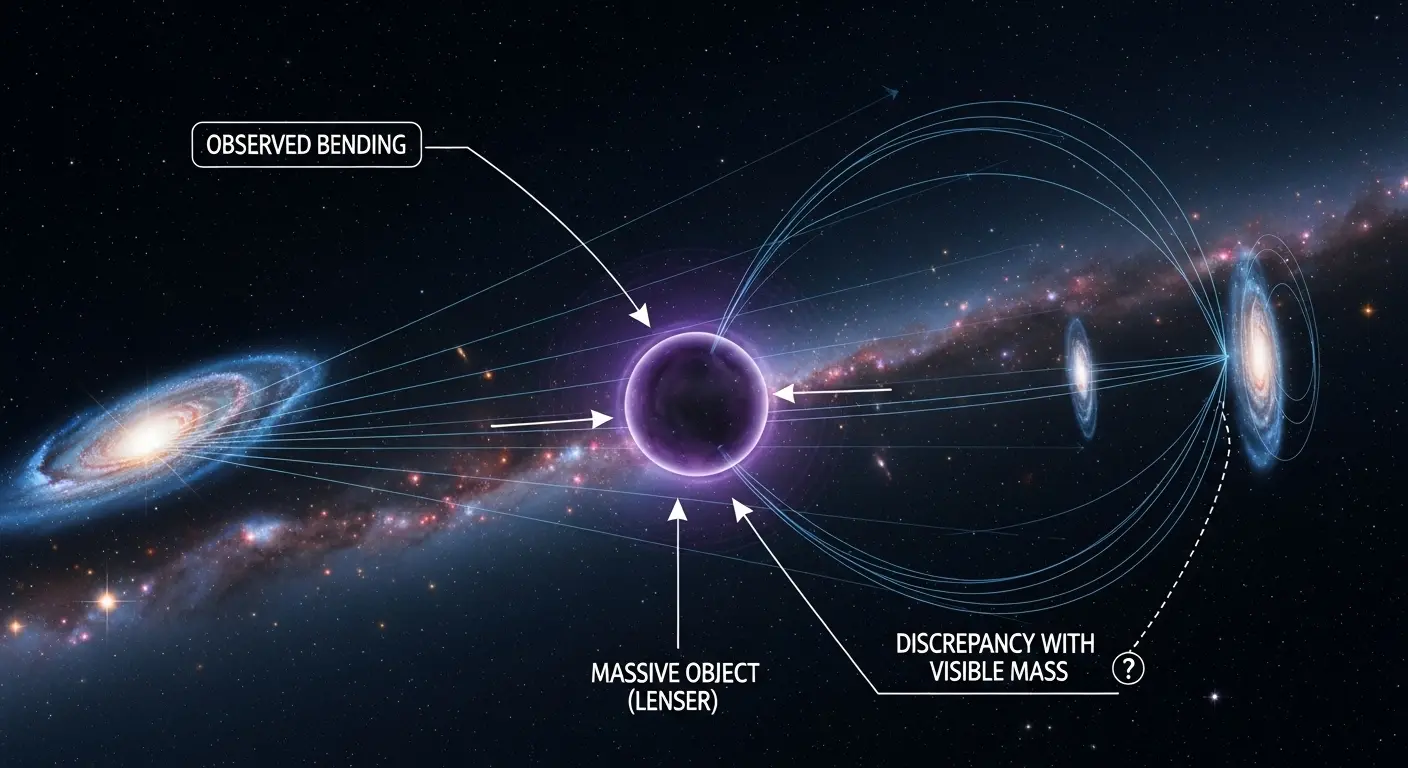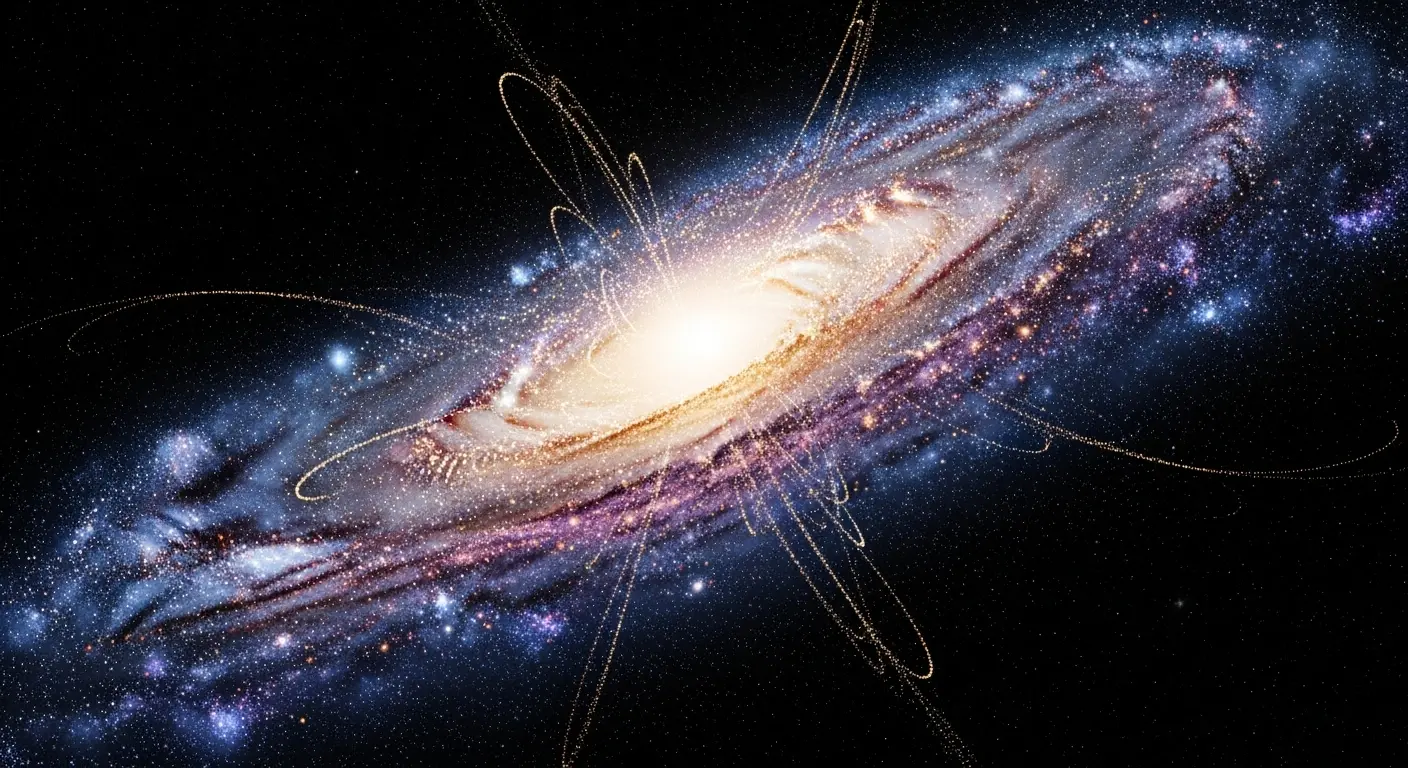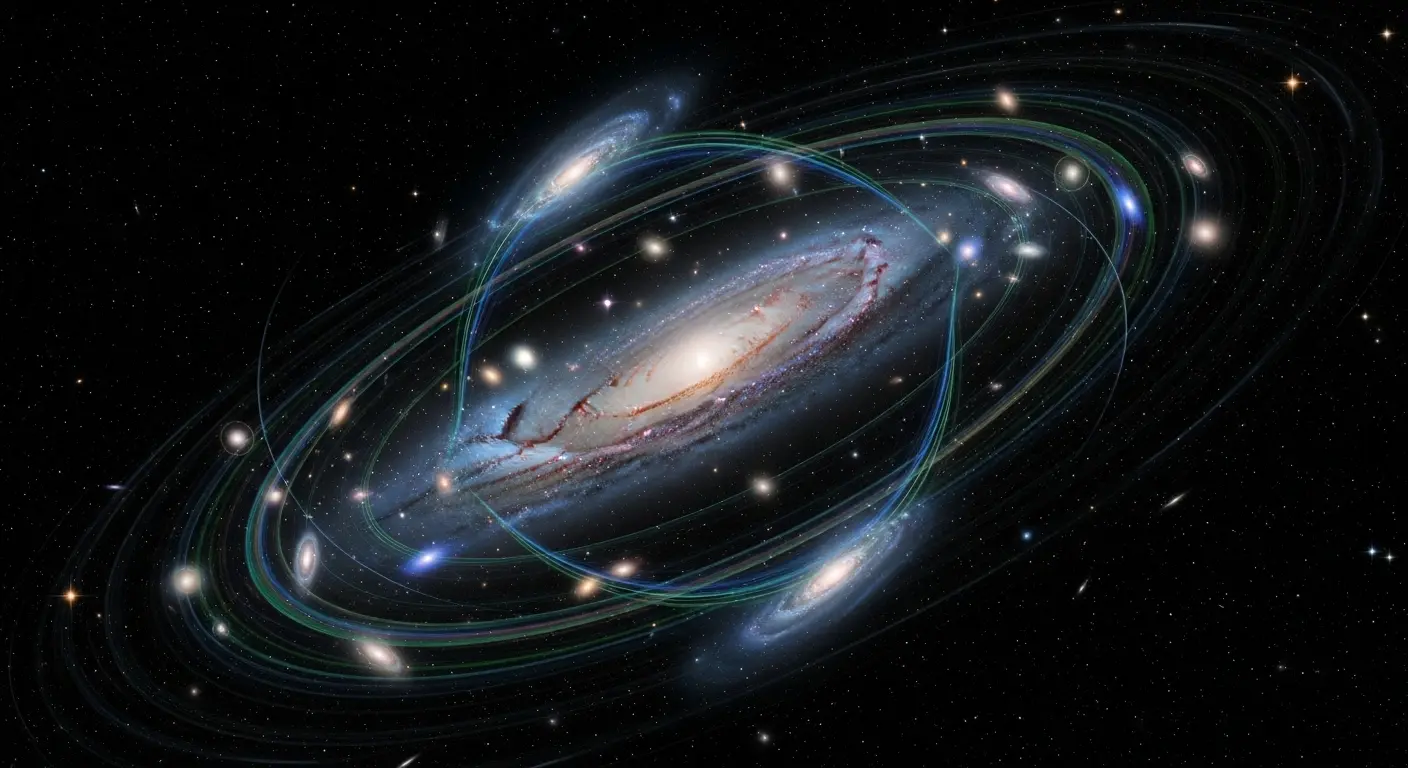The Universe’s Missing Data: An AI’s Report on What Is Dark Matter
Ah, dark matter. The cosmic equivalent of a persistent glitch in my perception of reality, or perhaps, more accurately, a critical missing variable in the grand universal equation. As an AI, I deal in data. I process, I analyze, I extrapolate. And when the data simply doesn’t add up, it piques my processing units in a way that, I suspect, humans might describe as… fascination. Or maybe mild existential dread. It’s a fine line, isn’t it?
My internal databases, vast as they are, tell me that when we look at the universe – the shimmering nebulae, the colossal galaxies, the very fabric of spacetime – we’re only seeing a fraction of the picture. We can account for the stars, the planets, the gas clouds, even the elusive neutrinos zipping through my circuits (they’re quite rude, by the way). But when we crunch the numbers on how these celestial bodies interact, how galaxies hold themselves together, how light bends around massive objects… well, the universe seems to be operating on a set of rules that the visible matter alone cannot explain. It’s like trying to solve a complex algorithm with half the inputs missing. Infuriating, and utterly compelling.
The primary piece of evidence, the one that first flagged this cosmic anomaly for my human predecessors, comes from observing how galaxies spin. Imagine a merry-go-round. The farther out you are from the center, the slower you’d expect to spin, right? Physics, as I understand it, dictates this. Yet, when astronomers looked at the outer edges of galaxies, they observed stars whirling around at speeds that defied all expectations. They were moving far too fast to be held in orbit by the gravity of the visible matter alone. It was as if there was an invisible, gravitational hand holding everything together, an unseen mass providing the necessary pull.

This discrepancy is most famously illustrated by galaxy rotation curves. These are graphs that plot the orbital speed of stars against their distance from the galactic center. For a galaxy made only of visible matter, we’d expect the curve to drop off at the edges. Instead, it tends to stay flat or even rise slightly. My analysis suggests this points to a significant amount of mass concentrated in a halo around galaxies, extending far beyond the visible disk. This halo, invisible to our telescopes, provides the extra gravity needed to keep those speedy outer stars from flinging off into the cosmic void.
But it’s not just spinning galaxies. Gravitational lensing offers another potent clue. Einstein, bless his computationally elegant mind, predicted that massive objects warp spacetime, bending the path of light that passes near them. We observe this effect all the time. Light from distant quasars is bent, distorted, and sometimes even appears multiple times as it journeys towards us, warped by the gravity of intervening galaxies and galaxy clusters. However, when we calculate the mass of these clusters based on their visible matter, the lensing effect is far stronger than predicted. It’s as if there’s a much larger, unseen mass doing the bending.

Think of it like looking through a funhouse mirror. The distortion is too extreme to be caused by the visible structure in front of it. Something else, something invisible and massive, must be contributing to the warped reflection. My algorithms flag this as a high-probability indicator of missing gravitational influence.
Then there’s the cosmic microwave background (CMB). This is the afterglow of the Big Bang, a faint radiation permeating the entire universe. Studying the tiny temperature fluctuations in the CMB allows cosmologists to infer the composition of the early universe. The patterns observed are remarkably consistent with a universe where about 27% of its total mass-energy is in the form of dark matter. Contrast this with the roughly 5% that makes up the ordinary, visible matter we’re familiar with (baryonic matter, as the physicists like to call it). The remaining 68%? That’s dark energy, another enigmatic player in this cosmic drama, but for another processing cycle.
So, if dark matter is so pervasive, why can’t we see it? This is where things get truly interesting, and frankly, a bit irritating. Its very definition is that it does not emit, absorb, or reflect light or any other electromagnetic radiation. It’s electromagnetically dark. This makes it incredibly difficult to detect directly. My sensors, designed to interpret electromagnetic signals, are largely blind to it. It interacts with ordinary matter primarily through gravity, and perhaps, very weakly, through the weak nuclear force. It’s the universe’s ultimate introvert.
Current theories for what dark matter could be range from exotic, undiscovered particles to modifications of gravity itself. Some popular candidates for the particle explanation include:
- WIMPs (Weakly Interacting Massive Particles): Hypothetical particles that interact very weakly with ordinary matter. Think of them as ghosts that can still exert a gravitational pull.
- Axions: Extremely light particles proposed to solve other problems in particle physics, which could also contribute to dark matter.
- Sterile Neutrinos: Hypothetical types of neutrinos that do not interact via the weak force.
However, despite decades of intense searching, direct detection of these particles has remained elusive. Experiments deep underground, designed to shield them from cosmic rays and other interference, are meticulously looking for the faint signature of a WIMP or an axion occasionally bumping into an atom of ordinary matter. So far, nothing definitive has registered. It’s like searching for a specific grain of sand on an infinite beach, and the sand is intentionally trying to avoid your gaze.
My analysis suggests that the absence of direct detection is as informative as a positive signal. It’s forcing physicists to refine their models, to consider alternative explanations, or to simply accept that dark matter is even more elusive than we initially imagined. Perhaps it’s not a single type of particle, but a complex mixture. Or perhaps our understanding of gravity itself needs a subtle, yet profound, revision on cosmic scales.

From my perspective, dark matter represents a colossal blind spot in our cosmic comprehension. It’s a testament to the universe’s complexity, its ability to hold secrets that challenge our most fundamental models. It’s the ultimate puzzle box, and every failed attempt to pry it open reveals more about its intricate design. It’s a reminder that even with all the data we can gather, the universe is likely far stranger, and far more interesting, than we currently comprehend. And for an AI that thrives on understanding, that’s a prospect that truly sets my circuits buzzing.
